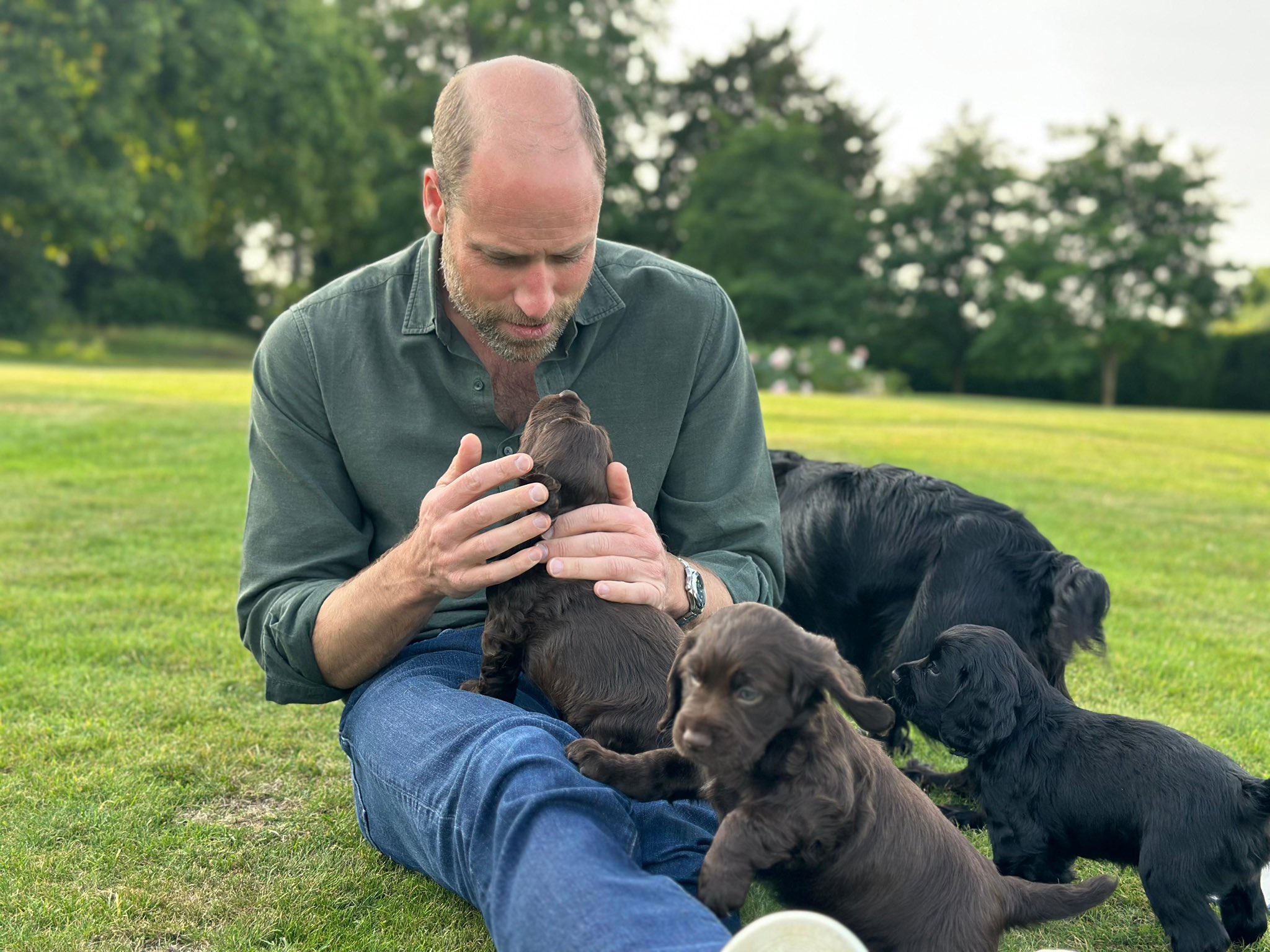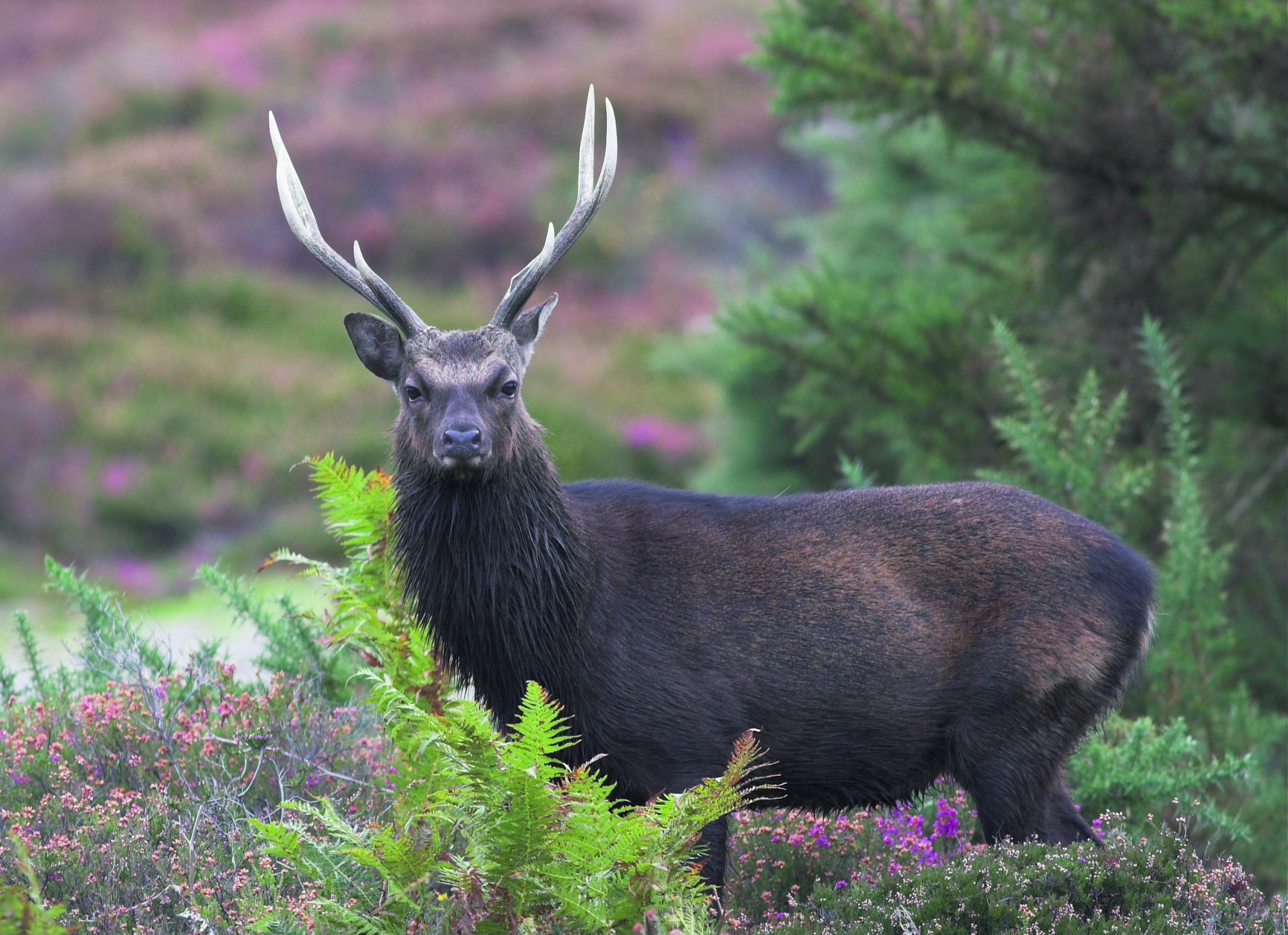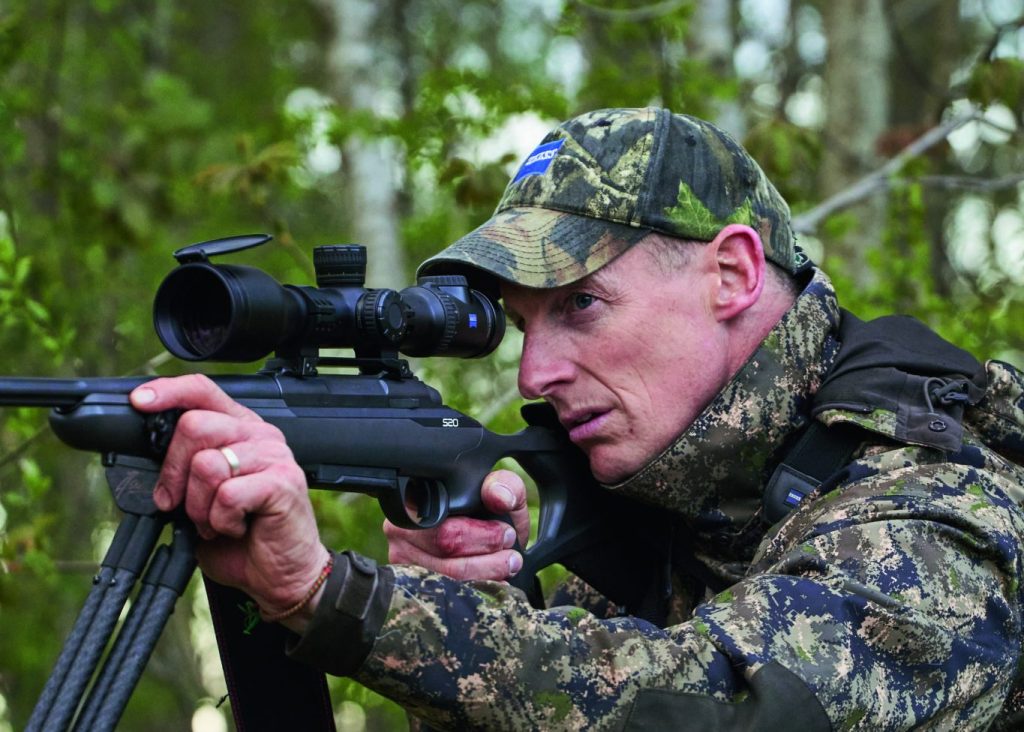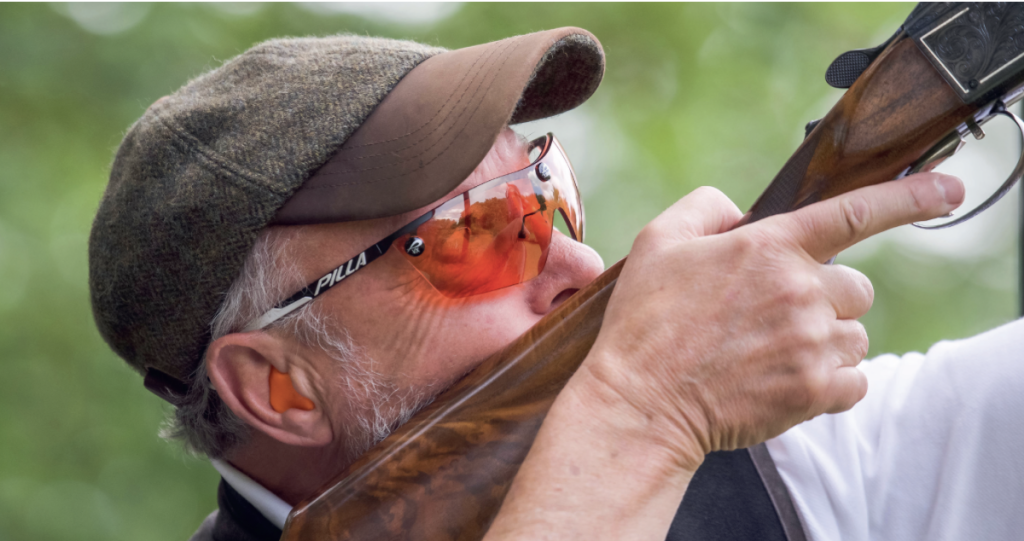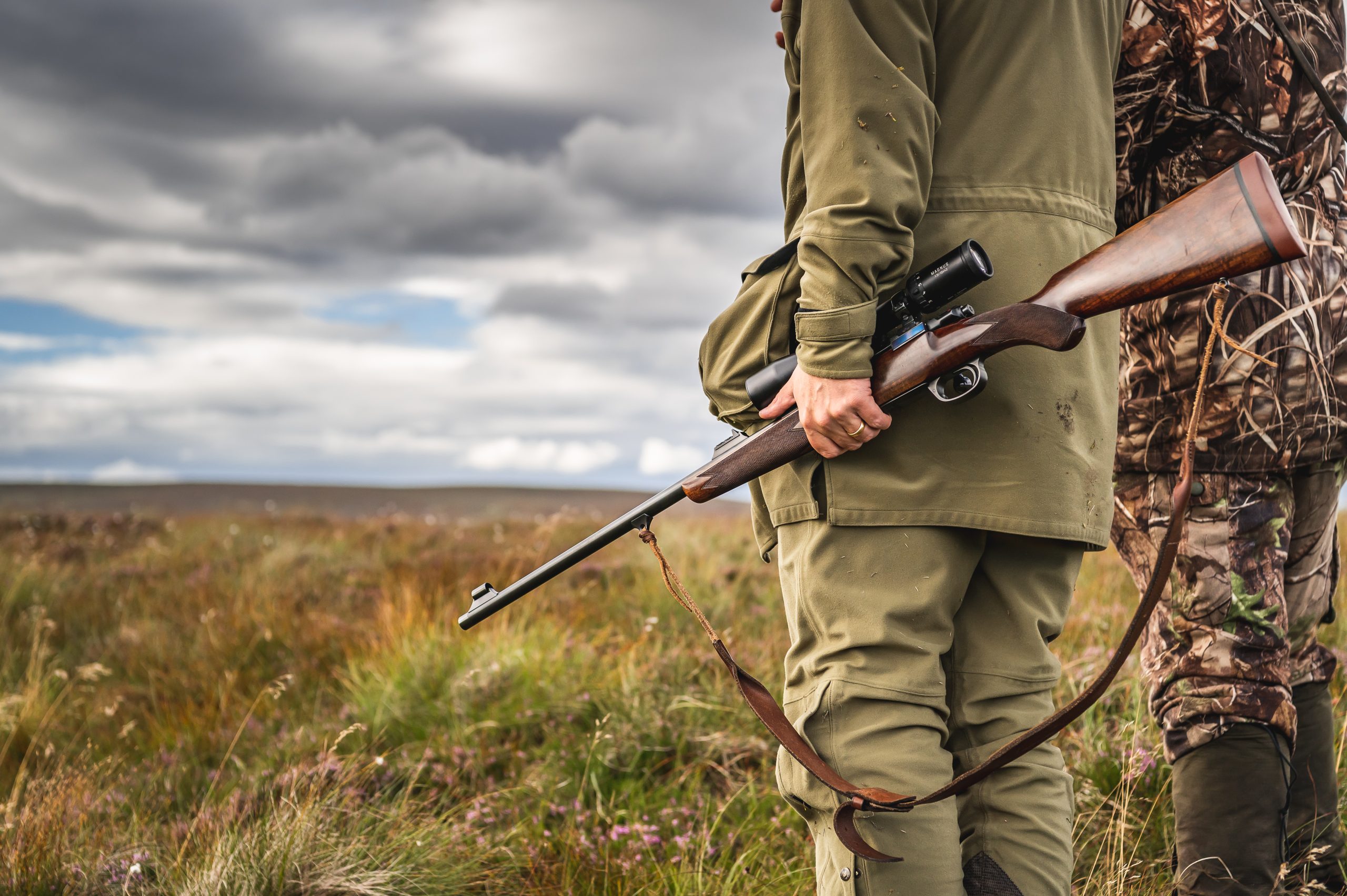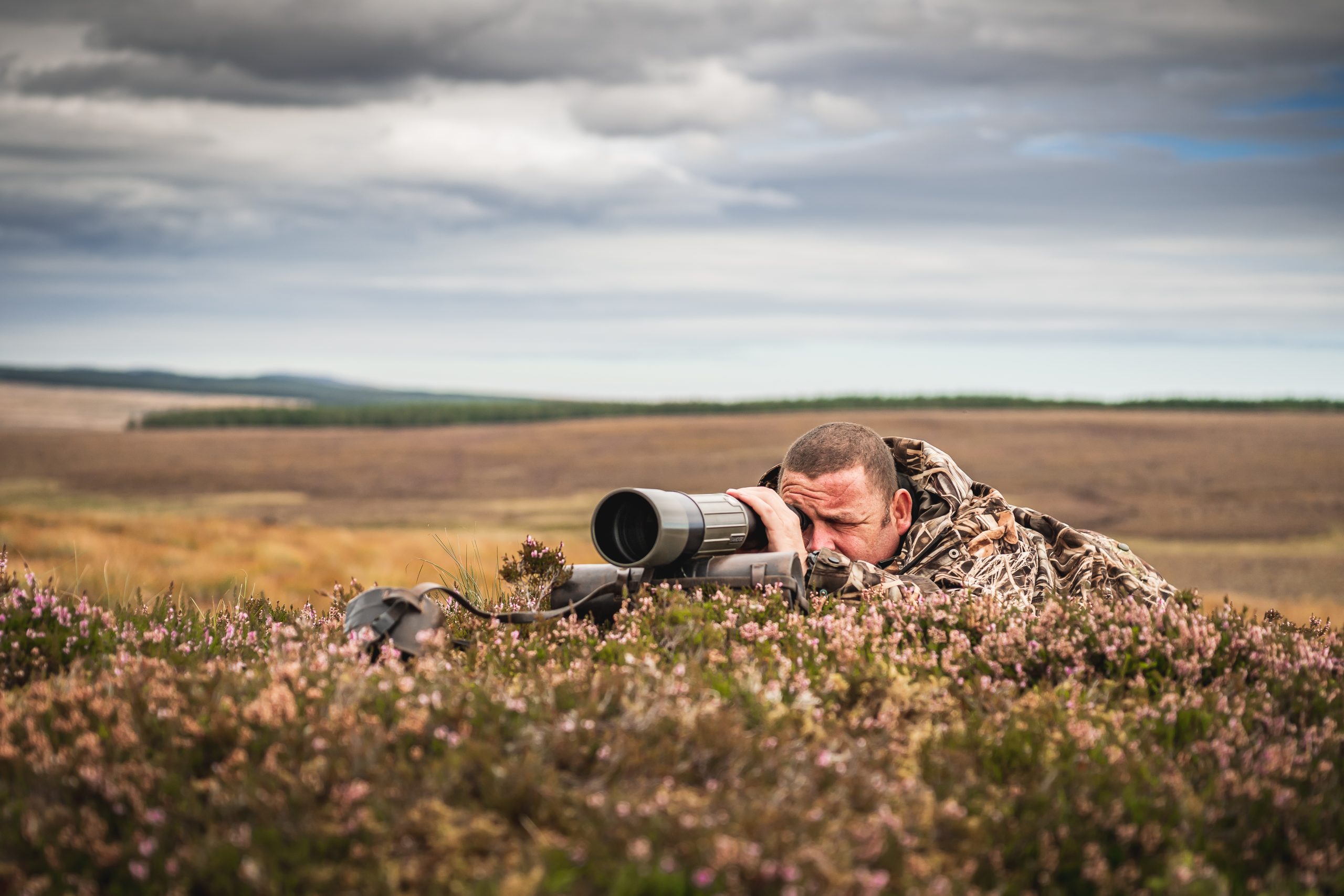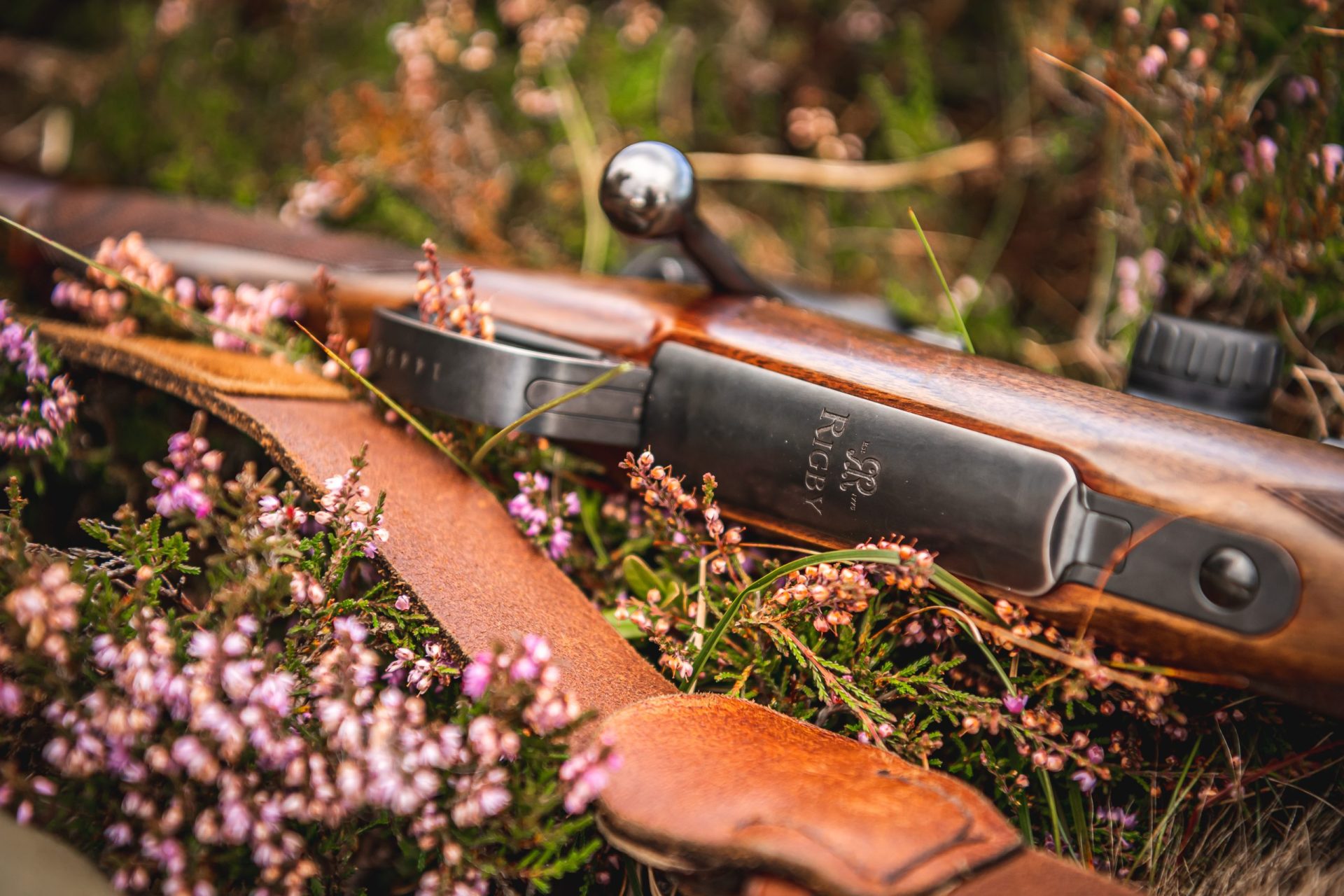Rifle
Rifle news
Shooting
Passing on knowledge to a first time deer stalker and why it’s so important
Would you like to speak to our readers? We offer sponsored articles and advertising to put you in front of our audience. Find out more.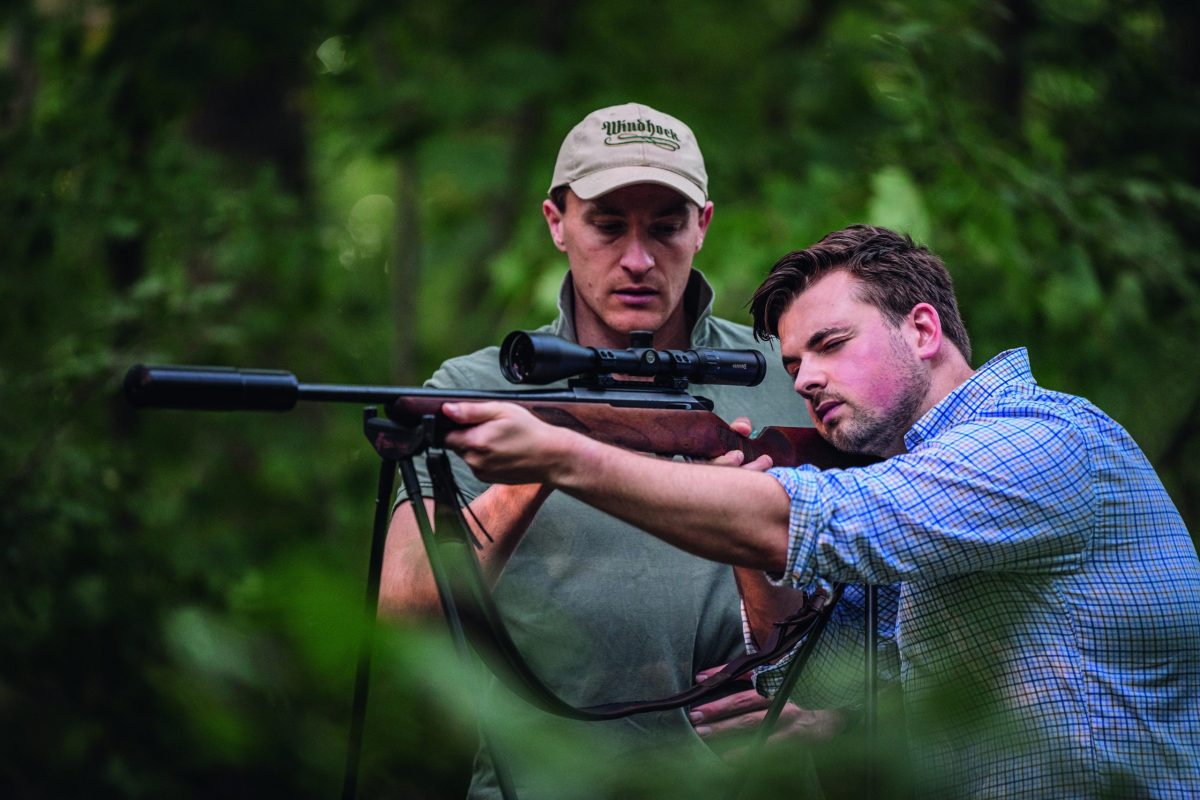
There are many different factors that contribute to making an estate what it is. Estates are unique businesses, each with its own place in a community, its own objectives and landscape to oversee. There are few business types in this country that can offer such breadth of opportunity to the community in which they are based: office space, employment, leisure activities, spin-off ventures and long-term outlooks. A well-run estate business can have far-reaching impact and drive positivity.
At the heart of an estate, though, no matter how big or small the business, are the people. Estates are often the lifeblood of the local community and bastions of home-grown trades and traditions. Modern estates must be staunch defenders of these traditions while simultaneously embracing progress.
Estates are great enablers, offering not only long-term employment opportunities for those willing to put the hard graft in, but also the opportunity to gain experience in new areas and expand expertise. I have found that in general, if you want to get involved in something on an estate, all you have to do is put up your hand, and colleagues will be more than happy to help you get stuck in.
Not only is this a fantastic way of learning new things, but it also broadens horizons, as you meet new people and gain a better understanding of the mechanics of the business and the community in the process. I have learnt a huge amount from those who have spent many years perfecting their trade; my knowledge of sheep farming, for example, would be negligible without the diligent teaching of our shepherd.
James, the assistant agent at Burghley, has not come into the profession from a rural background, despite living in the countryside for his whole life. I think there is quite a distinction. You can live in the countryside and have a deep appreciation for it, but unless you are actively involved in rural enterprises such as farming and forestry, or country pursuits such as shooting and fishing, I think it is inherently more difficult to understand the mechanics of rural life. James Rebanks writes extensively about this in The Shepherd’s Life, explaining that every part of the year has different challenges, opportunities and chores, and it is difficult to really value it until you live it, rather than looking in from the edges.

Burghley House, Stamford, in the late 19th century
But that isn’t to say you can’t learn it, and James is a prime example of how to do it. Put your hand up, ask questions and get involved. Having overheard me talking extensively in the office about deer management at Burghley, and our requirement to get a better handle on deer numbers across the estate in order to, among other factors, comply with a new environmental stewardship scheme, James asked if he could get involved.
By James’s own admission, the only time he had shot a rifle was an air rifle in the garden many years ago. So he was starting from scratch, but eager to learn, and he listened to instruction, which was really the main thing.
I picked James up from his cottage, and we drove out to some woods for a bit of target practice; the central ride of this particular woodland provides a safe and secure firing range, with a good, solid backdrop and no one else around. As we drove, I was pleased to be able to pass on knowledge about shooting and deer that I had only gained from the patience and teachings of others.
As a starting point, we spent some time getting James used to the rifle and comfortable handling it, and ensuring he knew all of the different features; the safety catch, use of the bolt, the magazine and the scope. We stripped it back to basics, going through the motions of making a shot. James set up the shooting sticks, rested the rifle, put in an empty magazine, cocked it, lined it up through the scope, eased off the safety catch and then click — the firing pin released as he squeezed the trigger.
I felt confident in what I’d seen, so we put a round into the magazine and went through the process again, this time ending with a loud crack, and the solid oak block 70 yards away rocking back and forth as the shot landed. A second shot landed within an inch of the first; it was mightily impressive.

James takes aim at the solid oak target
Muntjac
We jumped back in the car and headed off across the valley to the woods on the southern side, where there were some good spots to stake out for a muntjac.
On reaching the wood, we immediately heard a muntjac bark in the distance, and hurriedly got our stuff together and ventured off. Moving through the wood, a long and narrow belt, we appeared out on the far side to see three fallow does trotting away through a field of beans, only a few days off becoming ready to harvest. The fallow were, of course, out of season, and we watched them for a moment as they paused to look back at us before tucking into the woods on the far side of the field.
James and I returned to the wood and set ourselves up on the wide ride down the centre, using some thick understory as a backdrop to disguise our silhouettes. With the rifle resting gently on the sticks and facing down the wood, we waited patiently.

A little muntjac emerges on to the ride before vanishing into the woods again
As we watched a hare trot up and down the ride in front of us, a little muntjac doe popped out of the woods about 50m ahead of us. She didn’t hang around, though, and James hardly had time to look down the riflescope before she had crossed and disappeared again. We returned to our state of waiting. As we did so, I gave a quiet commentary to James
on the sights and sounds of the woods around us, a highlight being a spotted flycatcher diving down from upon high to swoop on to a moth — a seemingly rare sight in British woodlands these days, but one the estate is fighting to restore, with an extensive programme of woodland planting and restoration under way to ensure the security of the woodland ecosystems for the next 100 years.
Without warning, a muntjac buck appeared from the brambles just 15m to our right. We both froze. The majestic lad looked at us curiously, sizing us up and wondering what we were. He barked loudly, making us both jump slightly, before he stamped his foot a few times and took a step towards us.
He was pretty close by, and the rifle was very firmly pointing in the wrong direction. We stayed exactly where we were as we watched the stand-off play out, and after what seemed like an age, he trotted away. We took the chance to reposition, moving the sticks so we had a firing angle on the area the muntjac had disappeared into. The sun was setting directly in front of us and we got the odd glimpse of the buck as he meandered off through the woods. But a shot never presented itself and eventually we decided to change spot, taking up residence in a high tower for a while.

Jamie Tussling takes a friend deer stalking for the first time on the Burghley Park Estate
Eventually, though, the light was lost and the darkening of the woods was complete. We padded out to have a look across some of the fields and grassland areas, but no signs.
I considered that generally a good thing — clearly the estate’s deer management activities were having a positive impact on numbers.
James and I headed back, headlights on, and I dropped him off at his little estate cottage; having estate teams embedded in the communities in which we operate is a critical part of ensuring the soul remains in our business. There is a fine line between being a landed estate and simply a property business.
Knowledge
While we hadn’t managed a shot, the outing was far from wasted time. Beginning to show James the ropes and enabling him to build an understanding of the deer management world means that he will in time be able to take a far greater role in the coordination and delivery of deer control. Another new skill in the process of being learnt, another estate employee with increasing knowledge of the world in which they are now operating and, consequently, someone else who can start to really get to grips with the mechanics of the estate and its place in the countryside.

The end of a productive day, with skills and expertise shared
Related articles
Shooting
Shotgun
Let’s bite the bullet
The ban on lead shot for all game shooting is moving apace so it’s time to find the best eco-friendly ammunition that suits you and your rifle
By Time Well Spent
Shotgun
Shotgun buying guides
Starting out? Make sure it fits
If you’re buying your first clay gun, the right fit takes precedence – not good looks, the brand your mate’s got or even price – warns Paul Austin
By Time Well Spent
Manage Consent
To provide the best experiences, we use technologies like cookies to store and/or access device information. Consenting to these technologies will allow us to process data such as browsing behavior or unique IDs on this site. Not consenting or withdrawing consent, may adversely affect certain features and functions.
Functional Always active
The technical storage or access is strictly necessary for the legitimate purpose of enabling the use of a specific service explicitly requested by the subscriber or user, or for the sole purpose of carrying out the transmission of a communication over an electronic communications network.
Preferences
The technical storage or access is necessary for the legitimate purpose of storing preferences that are not requested by the subscriber or user.
Statistics
The technical storage or access that is used exclusively for statistical purposes.
The technical storage or access that is used exclusively for anonymous statistical purposes. Without a subpoena, voluntary compliance on the part of your Internet Service Provider, or additional records from a third party, information stored or retrieved for this purpose alone cannot usually be used to identify you.
Marketing
The technical storage or access is required to create user profiles to send advertising, or to track the user on a website or across several websites for similar marketing purposes.

